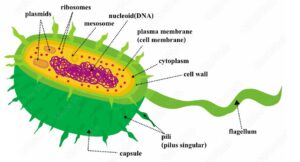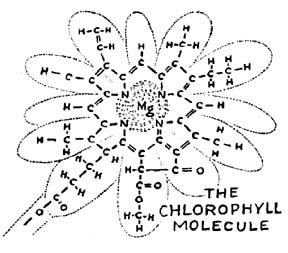Long ago, almost four billion years in the past, an event occurred that has been called “one of the greatest works of creativity” in the entire history of the living earth. There were no humans around then since our ancestors, homo sapiens, made their first appearance only two-hundred thousand years ago. But there were a host of many individuals, and among these many, one heroic individual stood out prominently.
Brian Swimme and Thomas Berry, in their book The Universe Story, have christened this individual Prometheo, naming him after the Titan in Greek mythology who stole fire from heaven.

Prometheo was one of the prokaryotes, single-celled organisms with no nuclei, the very first life forms on earth. It was the high distinction of Prometheo to invent a new ability, the ability to weave “a molecular net with the power to capture photons in flight,” thereby establishing a new intimacy with sunlight.
Suddenly, photons became food, and new life itself was woven wondrously out of thin air by Prometheo’s alchemy with light. In an act so elegant that it passes all understanding, Prometheo, measuring a mere one millionth of a meter across, had discovered photosynthesis. It is also part of Prometheo’s everlasting legacy that he may be thought of, metaphorically, as being the first mystic who became one with the Light.
The complex chlorophyll molecule, the key to photosynthesis, is itself shaped like a flower: a daisy—and it is this “molecular flower” that works directly with photons, absorbing their energy so that it can be used to split hydrogen from oxygen in water molecules. In yet another dance of the many and the one, this is the first step in a chemical process whereby many atomic elements are orchestrated into the unity of new carbohydrate molecules. And it is these carbohydrates, these basic sugars and starches, that underlie and support all life on this planet.

Since oxygen is also a by-product of photosynthesis, it is this process, this interaction of light and leaf, that is the ultimate source not only of all the food we eat, but also of all the air we breathe.
The leitmotif of flower and sun can be further extended. The word daisy derives from “day’s eye,” meaning the sun, and when we look at a daisy with its golden orb in the center and white petals radiating out like rays, do we not see the very image of the sun itself?
All of this reveals how Mother Earth, using the language of light, speaks eloquently to us in a poetry of luminous analogies and natural metaphors.
HyC